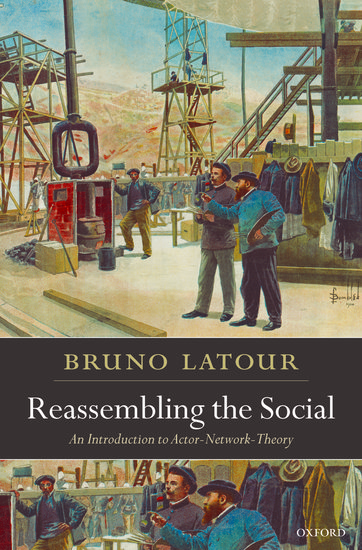What do you think?
Rate this book


301 pages, Paperback
First published January 1, 2005
The best way to proceed at this point ... is simply to keep track of all our moves, even those that deal with the very production of the account. This is neither for the sake of epistemic reflexivity nor for some narcissist indulgence into one’s own work, but because from now on everything is data: everything from the first telephone call to a prospective interviewee, the first appointment with the advisor, the first corrections made by a client on a grant proposal, the first launching of a search engine, the first list of boxes to tick in a questionnaire. In keeping with the logic of our interest in textual reports and accounting, it might be useful to list the different notebooks one should keep—manual or digital, it no longer matters much. p. 286.
Things, quasi-objects, and attachments are the real center of the social world, not the agent, person, member, or participant—nor is it society or its avatars. (p. 237)